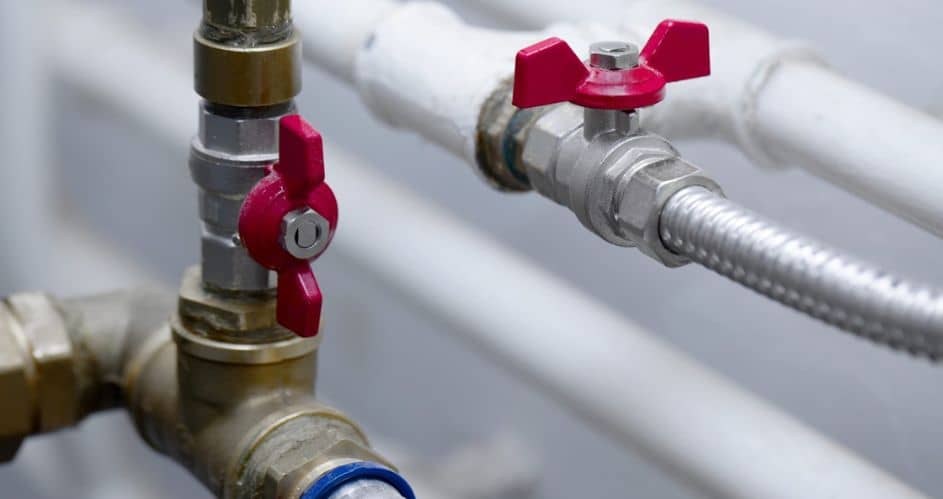
We’ve found some of the best plumbing jobs that you’ve never heard of but that will improve the efficiency of your heating system.
Power flushing
You may never have heard of power flushing but this can significantly increase the efficiency of your central heating system, as well as prolong its life.
Central heating systems can accumulate rust, turning to sludge within the pipe work and the radiators. This can sit in your system, making it inefficient, preventing it from heating up properly, and reducing its working life.
A power flush is exactly what it sounds like. It’s a process that forces water and cleaning solutions through your central heating system to remove the build-up of deposits that can interfere with your heating.
While you can hire a power flushing unit and do the job yourself, it’s better to pay a professional plumber to do the job. This is particularly the case when working with an old system where there is the potential for leaks.
When a new boiler is installed, a power flush of the system is required for the boiler warranty to be valid.
Bleeding your radiators
Over time you may find that your radiators are not getting hot at the top even after your heating has been on for several hours. This means that there is trapped air in the radiator. When this happens, you’ll need to bleed your radiators.
It’s a simple enough process and all you need is either a radiator key for older radiators or a flathead screwdriver for more modern versions. You’ll also need an old towel to catch any dripping water.
To bleed a radiator, slightly loosen the valve and you will hear air coming out. As soon as water starts to drip from the valve, close it. This means that all the air has been released from the radiator and it should then heat up properly.
Topping up your boiler
When you have bled all your radiators, you may find that the pressure in your boiler has dropped slightly. As a result, you’ll need to top it up again.
The pressure in your boiler should be between 1 and 1½ bar. Some boilers will stop working if the pressure falls below 1 bar.
To top up the boiler, simply locate the filling loop on the side or underneath the boiler. This loop looks like a flexible connector with a valve at each end.
Open one valve fully and the other gradually, keeping an eye on the pressure gauge until it reaches the desired pressure.
It doesn’t matter which end you open first but you must open the second slowly and watch the pressure dial on the boiler as you do. Once it reaches the correct pressure, close both of the valves. Your boiler is now properly pressurized.
